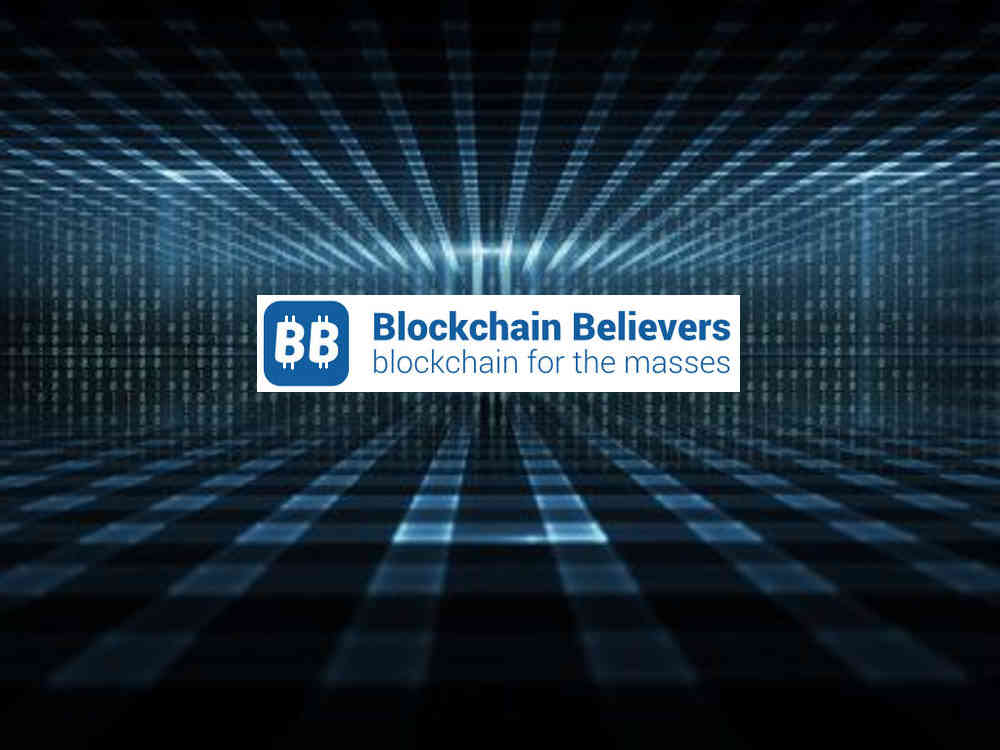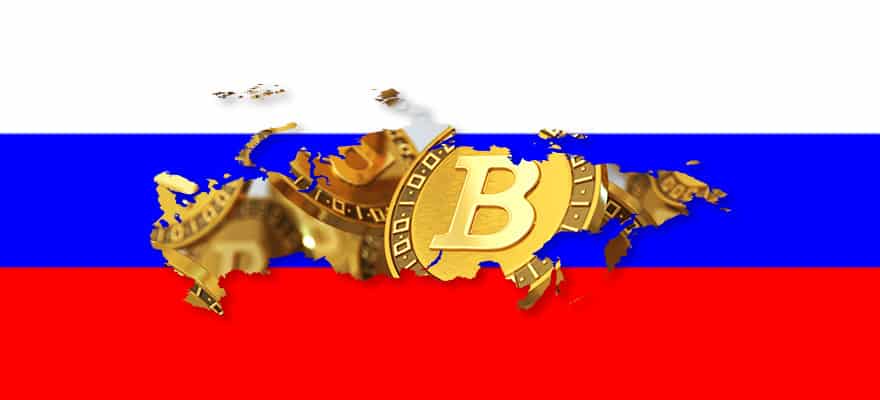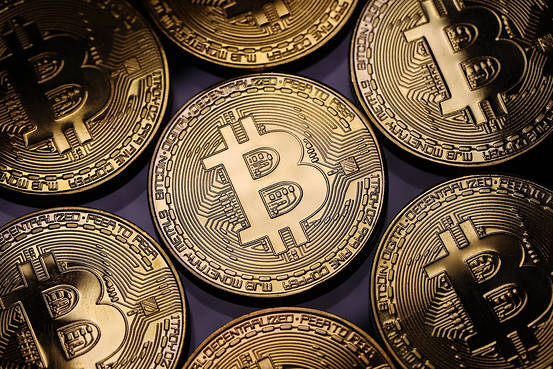To investors,
We have spent the last few weeks focused on Bitcoin, both the financial and regulatory perspectives, but I am often asked what other aspects of the industry intrigue me. The answer to that question is best articulated by sharing the four core theses that Jason Williams, Mark Yusko, and I formed when we first became interested in Bitcoin, blockchain, and cryptocurrencies.
- Bitcoin is a better store of value — These types of assets are likely to become important given the macro environment we are operating in, especially with central banks addicted to cutting interest rates and printing money. At the beginning very few people will trust the cryptographic security and algorithmic monetary policy of Bitcoin, but demand will drastically increase as more people get comfortable with these advantageous features. Since Bitcoin is a fixed supply asset, increases in demand lead to USD price increases because of supply and demand economics.
- ICOs are great for entrepreneurs, but not great opportunities for investors — This has been our most controversial thesis, but one that has served us well over time. Whenever an entrepreneur can raise non-dilutive capital (that doesn’t endanger the incentives involved in building the company), they should heavily consider it. However, as professional investors, we constantly evaluate risk (how low can it go?) and we are still not comfortable holding tokens that don’t act as equity, debt, or claims on cash flow.
- Every stock, bond, currency, and commodity will be digitized/tokenized — Digital assets have been in existence for a long time, but only recently (with the solution to the double spend problem) have digital assets been able to act as financial assets. This breakthrough is essential for automation to reach mass adoption, because without digital financial assets, the machines can’t use the legacy electronic or analog stocks, bonds, currencies, and commodities.
- Infrastructure provides the best risk/reward opportunity — This has been true throughout history. The scalability and economics of infrastructure or platform businesses open the door for 100X+ upside, which is what we are looking for as venture investors.
If you analyze these four theses, you will notice that numbers one and three are investment themes related to blockchain technology, while numbers two and four are merely frameworks for specific investment types to avoid or pursue. Since we have spent so much time on investment thesis number one (Bitcoin), I want to take the space below to talk more about number three.
The importance of every asset being tokenized is not immediately obvious to those outside the finance industry, but there are a few key advantages to settling stocks, bonds, currencies, and commodities on a blockchain-based system:
- 24/7/365 markets — The US stock market is closed more hours a week than it is open. This makes sense when the system participants are humans, but doesn’t make sense when the majority of participants are machines. As we move to a machine-based financial system (i.e. automation), expanding the hours of operations will be necessary. With that said, a blockchain doesn’t make decisions on hours of operations, but the crypto industry’s default state is “always on,” whereas the legacy system is not (related: crypto is much more global than the Western-centric legacy financial system).
- T0 settlement times — The legacy financial system consists of multi-day settlement times. Take the Depository Trust & Clearing Corporation which settles quadrillions of dollars of asset transactions a year. The two-to-three day settlement times of this centralized service are equivalent to a fax machine before email. Every user thought the fax machine was much better than the previous options, but the forward-thinking users realized the instantaneous nature of email would ultimately disrupt the fax machine. T0 settlement times will eventually disrupt the multi-day settlement times of today.
- Lower fees — When financial assets are digitized (not just CUSIP representations of the assets), we can automate transactions end-to-end. This is important because it removes middlemen and drastically reduces fees.
- More security, transparency, and compliance — Blockchain technology creates trust between parties by introducing the ability to verify various aspects of the transaction that was previously reserved only for centralized authority verification. This transparency, along with the cryptographic security, is a drastic improvement over the legacy system, and one that will ultimately decrease fraud, money laundering, and other nefarious behavior.
Before I go further, it is important to call out that many people will disagree with the advantages that I just described. Some argue that tokenization is not important, because the underlying asset has not changed and you have merely changed the form factor — they are correct that you only changed the form factor, but we disagree on the importance of this. Others argue that tokenization is an unnecessary improvement because the current system works, which would be equivalent to someone saying “No one wants to shop at that store that has cheaper prices and faster checkout lines….the expensive, slow stores work just fine!”
Regardless of the detractions, the key takeaway is that every stock, bond, currency, and commodity will be digitized because that is what is necessary for full automation of the financial system.
To highlight the importance of this, I want to share two examples with you:
- MYBank in China — A recent Bloomberg article perfectly summarized what Jack Ma has built: “Using real-time payments data and a risk-management system that analyzes more than 3,000 variables, Ma’s four-year-old MYbank has lent 2 trillion yuan ($290 billion) to nearly 16 million small companies. Borrowers apply with a few taps on a smartphone and receive cash almost instantly if they’re approved. The whole process takes three minutes and involves zero human bankers. The default rate so far: about 1%.”
- Figure Technologies in Silicon Valley — Mike Cagney and others have built a blockchain-based company that is issuing Home Equity Lines of Credit (HELOCs). Applicants can receive up to $150,000, are told whether they are approved within 5 minutes of applying, and have the HELOC funded within 5 days. The company has gone from $0 to $85 million in loan originations per month in the first 18 months of existence. (note: we are investors in Figure).
Both of these companies understand the same thing — the automation of the legacy financial system is inevitable. They are currently approaching it in different ways (one with a blockchain and the other without one), but each of them is implementing software to replace functions that were previously done by humans.
Source/More: The Machines Will Run The Financial World















